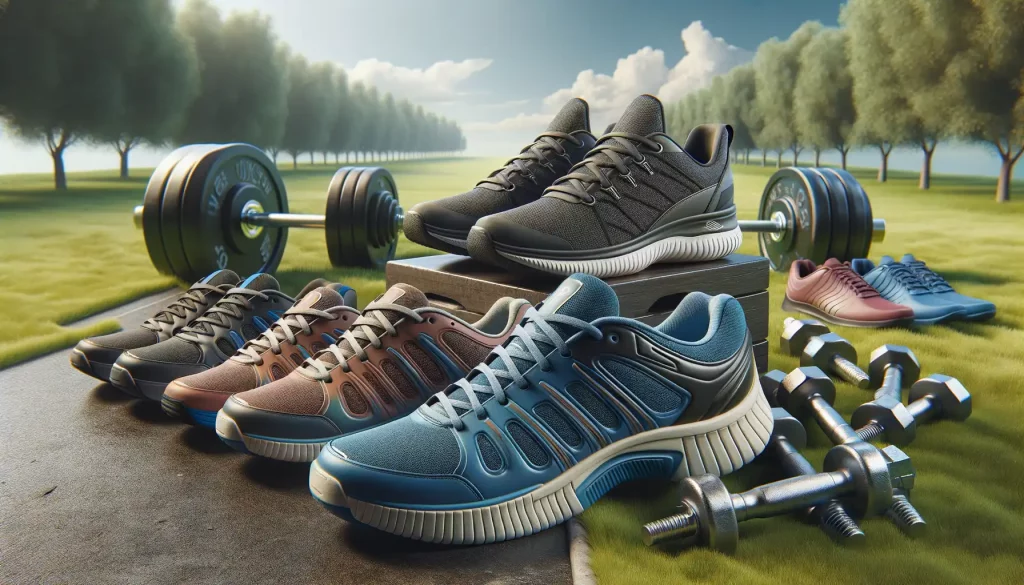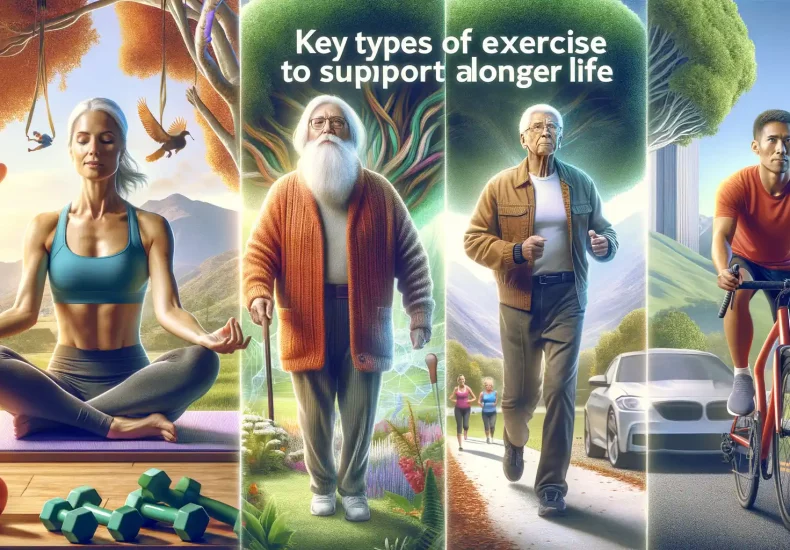
The Role of Fitness in Promoting Longevity
Understanding the Connection Between Fitness and Longevity
How Fitness Becomes Your Lifeline, Literally
Your heart races. Your lungs fill with fresh air. Your muscles tighten and surge with movement. It’s not just exercise—it’s an investment in more birthdays, more precious moments. But what is the link between fitness and living longer? Well, let’s unravel it together.
Strong bodies often equate to resilient ones. A fit lifestyle strengthens your cardiovascular system, reduces inflammation, and supercharges your metabolism—all essential guardians against conditions like heart disease and diabetes. Think of it like tuning up a classic car. If you keep it running smoothly, it stays on the road much longer.
The magic doesn’t just stop there. Fitness also works wonders for your brain health. Exercise sparks the release of BDNF (brain-derived neurotrophic factor), a protein that keeps your memory sharp and neural pathways alive. It’s like mental fertilizer for your mind, keeping it vibrant as you age.
- Improved immune function means your body fights off illness like a well-trained army.
- Stronger bones and muscles reduce the risk of falls and fractures in later years.
Every step, every stretch, every rep you commit to today is rewriting the script of your future.
Key Types of Exercise to Support a Longer Life
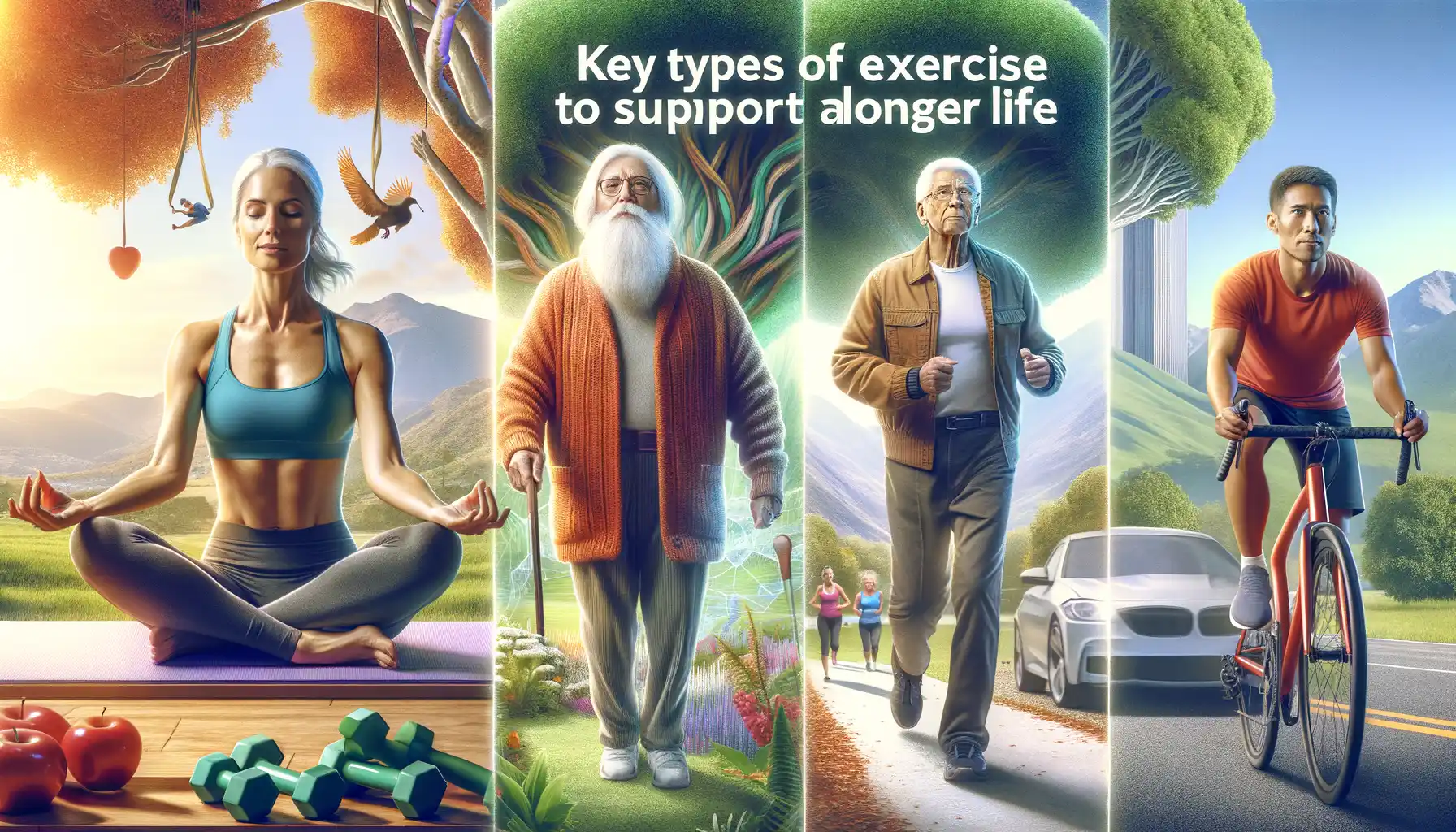
Getting Your Heart Pumping: The Vital Role of Cardio
Think of cardio as the heartbeat of your longevity journey—literally. These exercises, from a brisk walk to cycling, get your heart racing in the best way possible. Why does this matter? Because regular aerobic activity strengthens your cardiovascular system, boosts oxygen flow, and keeps blood vessels flexible. It’s like spring cleaning for your arteries!
Don’t be intimidated; cardio doesn’t have to mean gasping for air in a HIIT class (unless that’s your thing). Start small:
- Take a 20-minute fast-paced stroll through your local park.
- Try a swim—gliding through water is surprisingly zen and one of the least joint-stressing ways to sweat.
- Play tag with your kids (or borrow some nieces and nephews for this cardio-friendly chaos).
The key? Get moving in ways that make you *want* to move again tomorrow.
Strength Training: The Lifelong Armor
Imagine your muscles as protective armor—they shield your bones, stabilize your movements, and help you stay upright as the years go by. Strength training isn’t just for burly gym-goers. It’s your secret weapon against muscle loss, which sneaks up more quickly with age than most of us realize.
Whether it’s lifting weights, doing bodyweight squats, or mastering resistance bands, these exercises build resilience from the inside out. Plus, they torch calories even after your workout ends—a metabolism booster we can all appreciate.
The Science Behind Fitness and Lifespan Extension
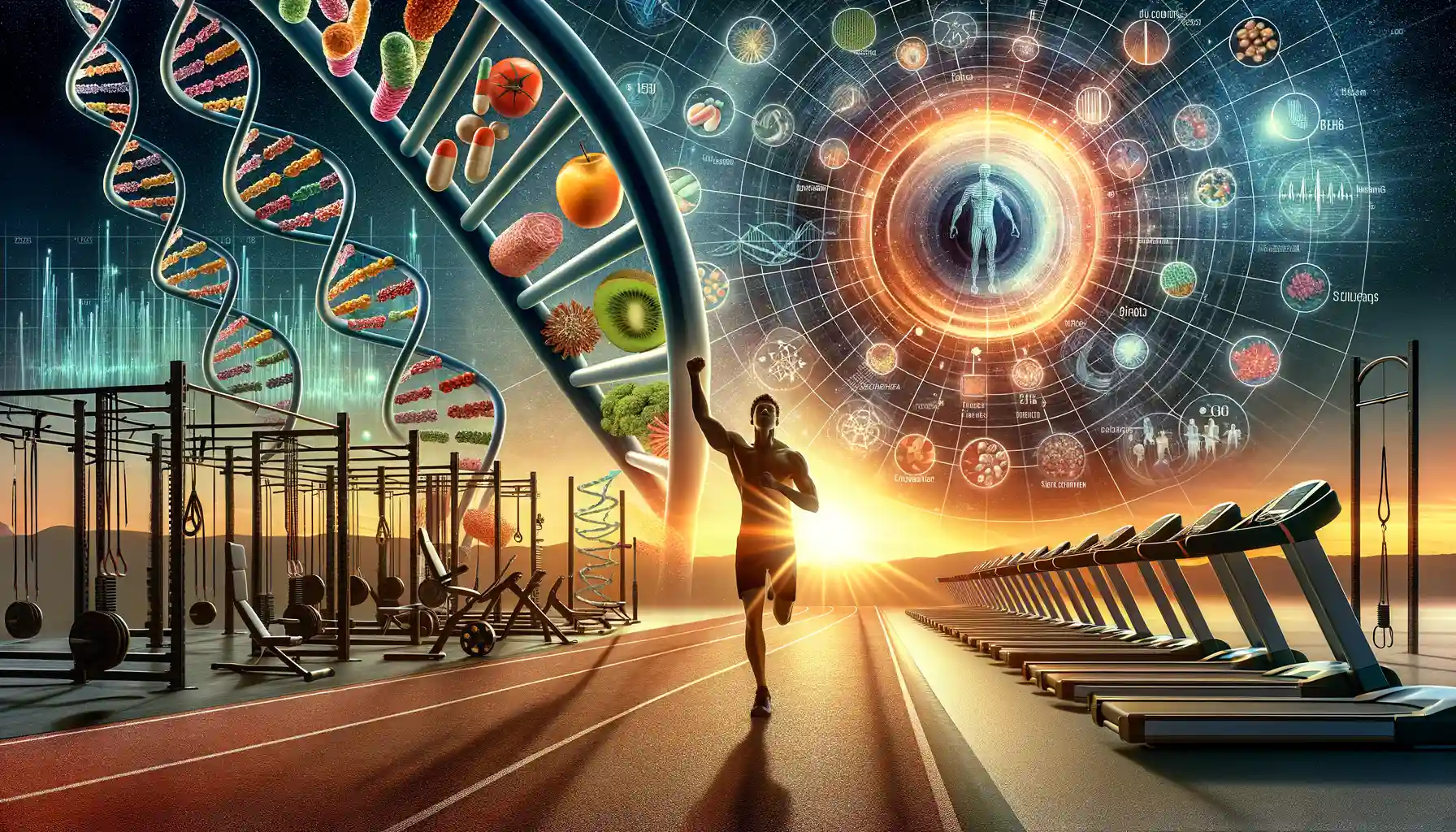
How Fitness Acts as Your Cellular Fountain of Youth
Have you ever wondered what’s happening beneath the surface when you lace up your sneakers and start moving? Turns out, exercise doesn’t just strengthen muscles or slim your waistline—it goes much deeper, down to the very building blocks of life: your cells. When you work out, your body triggers a cascade of biological reactions that essentially tell your body, “Hey, let’s keep this engine running for years to come.”
At its core, fitness influences the health of your mitochondria—those microscopic power plants fueling every cell in your body. Regular movement fosters new mitochondria creation (yes, you can grow more!), meaning your cells stay energized and youthful. More energy at a cellular level = healthier aging.
And then there are telomeres, those little protective caps on the ends of your DNA strands. Think of them as the aglets on your shoelaces. Exercise helps slow their fraying, keeping your DNA—and your health—intact for longer.
- Cardio reduces inflammation, a major culprit in age-related diseases.
- Strength training builds bone density, combating frailty.
- Flexibility workouts, like yoga, improve blood flow and cellular repair.
It’s not just science—it’s a symphony of longevity playing every time you get moving.
Lifestyle Integration: Making Fitness a Habit
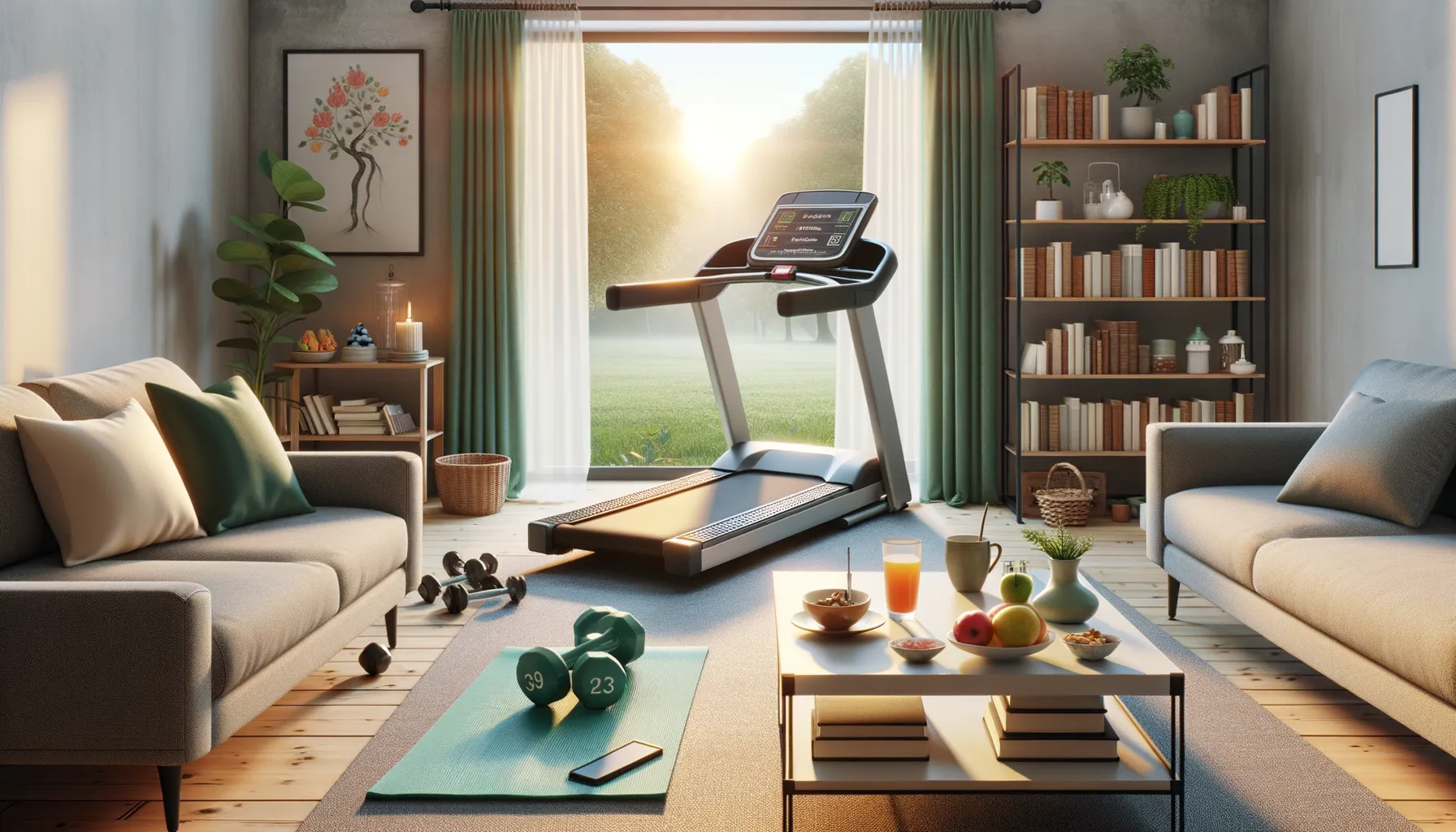
Building Fitness Naturally into Your Day
Making fitness stick isn’t about chasing monumental goals or clocking endless hours at the gym. It’s about weaving movement seamlessly into the fabric of your day-to-day life. Picture this: you’re on a call, pacing around the room instead of sitting. Or instead of fighting for a front-row parking spot, you park farther away and let those extra steps add up like pennies saved for a rainy day. This isn’t about “working out” — it’s about living actively.
Little tweaks can turn everyday chores into calorie-burning, muscle-activating wins. Think of scrubbing floors as a mini full-body workout, or tackling errands on a bike instead of by car. The secret? Make it feel less like a grind and more like second nature.
- Turn dates into activity-based fun: Swap coffee meet-ups for scenic hikes.
- Set micro-goals: Walk for ten minutes post-lunch, or stretch during TV commercials.
- Pair habits: Brush teeth while holding a plank or squatting.
When fitness integrates with your lifestyle, it stops feeling like a “to-do” and starts feeling like…you.
Common Myths About Fitness and Longevity Debunked
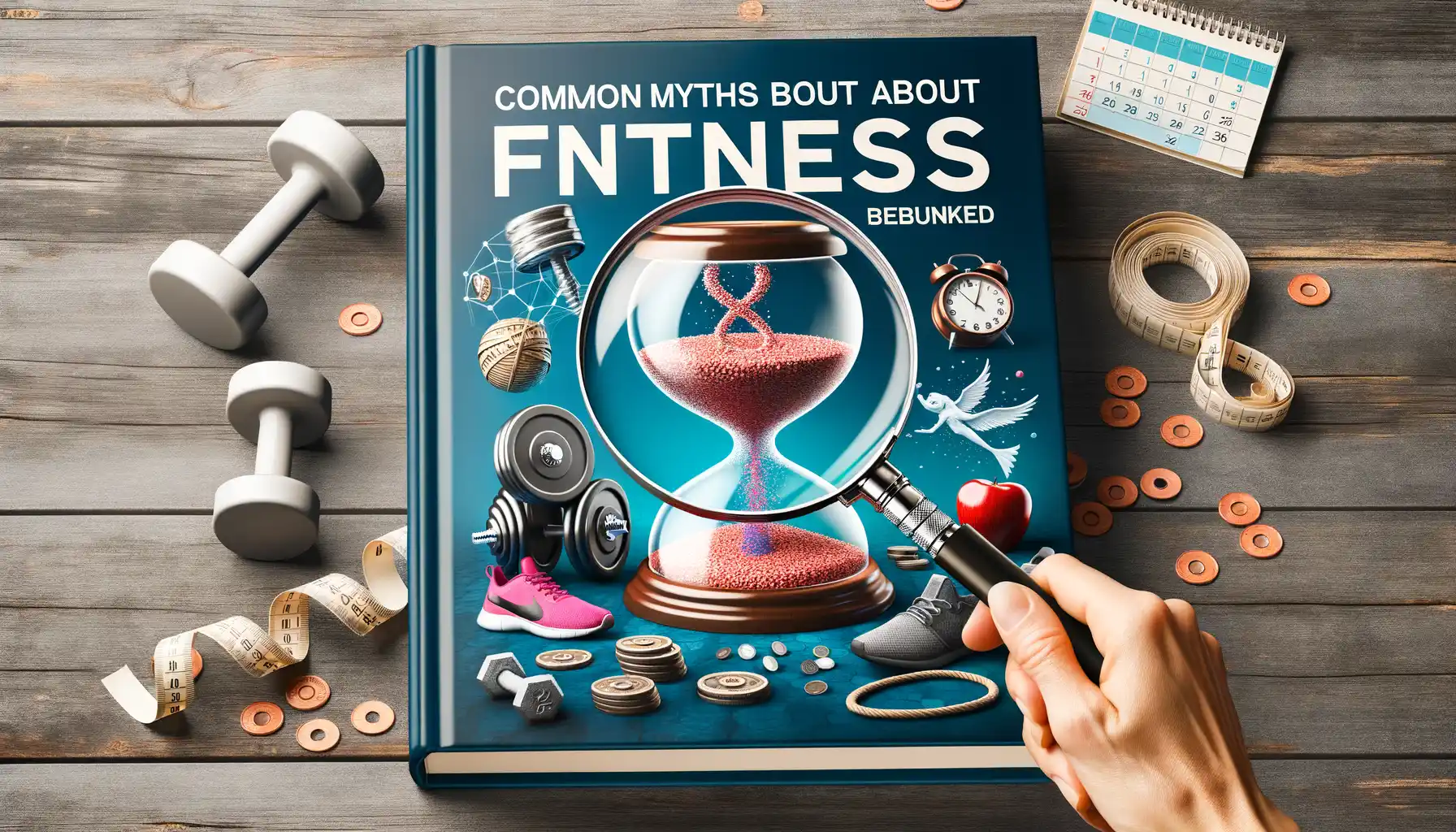
“You Need to Work Out for Hours to See Results” – Really?
Here’s the thing: fitness isn’t about chaining yourself to a treadmill or lifting weights until your arms feel like noodles. The idea that you must grind away for hours every day is one of the biggest myths out there. Consistency always wins over intensity. Imagine this: a brisk 20-minute walk around your neighborhood, done daily, can be far more effective for your health than sporadic two-hour gym binges.
Your body craves movement, not punishment. Micro-movements count too—taking the stairs instead of the elevator, dancing in your living room, or stretching during TV commercial breaks. Fitness shouldn’t feel like a chore; it should sneak seamlessly into your life, like sunshine through your windows.
“It’s Too Late to Start Exercising” – Think Again!
This myth? It’s as stubborn as a coffee stain on your favorite shirt. No, you’re not “too old” to move your body. In fact, studies show even people in their 70s and 80s can benefit immensely from starting a fitness routine.
- Strength training: helps maintain muscle mass and balance, reducing fall risks.
- Gentle yoga: can ease joint stiffness and improve flexibility.
- Walking: boosts mood, heart health, and energy levels.
The truth? Every day is a fresh page in your fitness journal. Whether it’s lacing up new walking shoes or trying tai chi for the first time, your body will thank you—and so will your future self.
You may also like
Latest Articles
Calendar
| M | T | W | T | F | S | S |
|---|---|---|---|---|---|---|
| 1 | 2 | 3 | ||||
| 4 | 5 | 6 | 7 | 8 | 9 | 10 |
| 11 | 12 | 13 | 14 | 15 | 16 | 17 |
| 18 | 19 | 20 | 21 | 22 | 23 | 24 |
| 25 | 26 | 27 | 28 | 29 | 30 | 31 |





